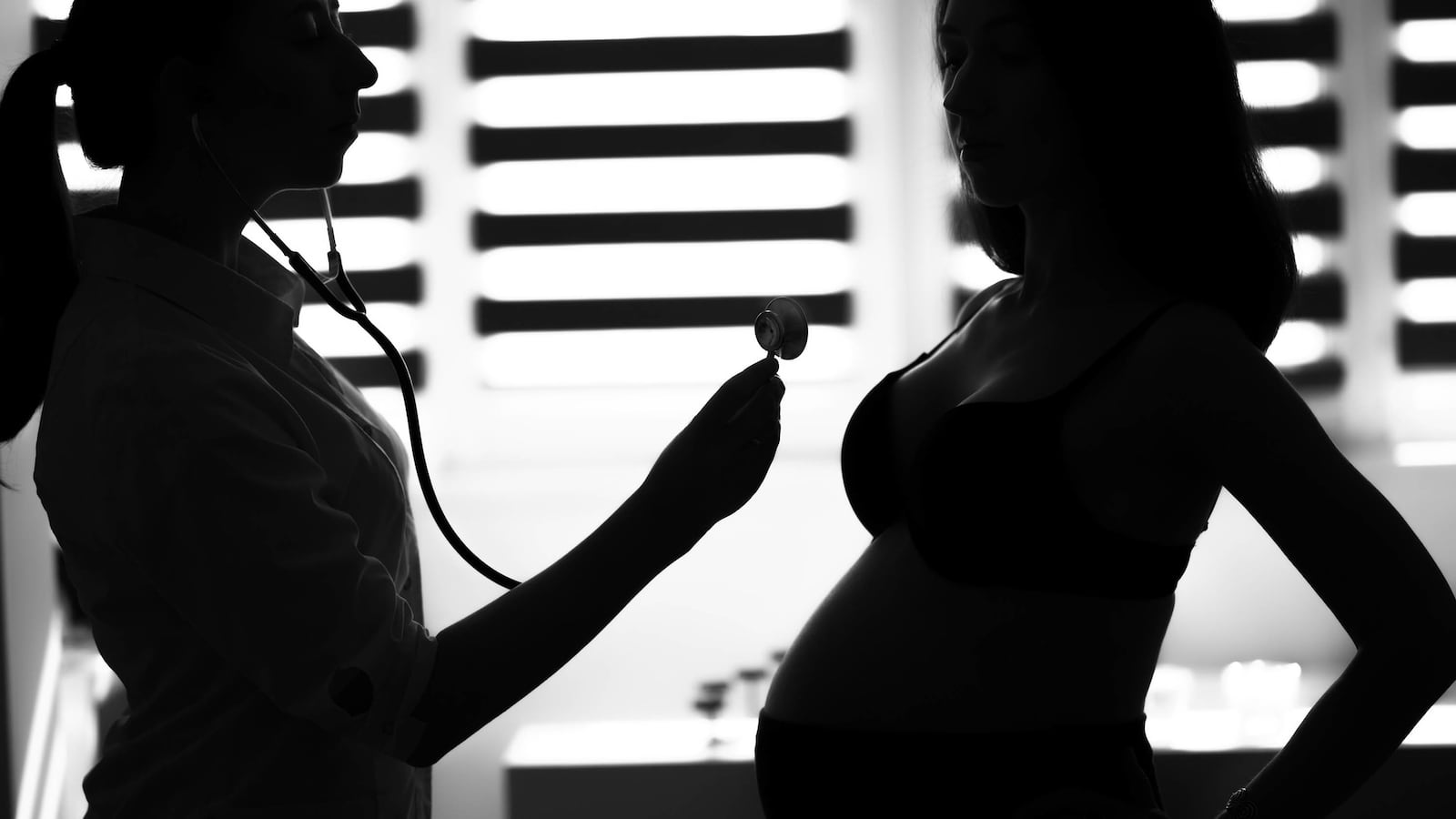In their latest attempt to roll back abortion access, conservatives have seized on later abortions as a moral outrage. The only problem? New research suggests restrictions on abortion actually push women to get them later in pregnancy.
A new study from the Texas Policy Evaluation Project found that the number of second-trimester abortions in Texas increased after implementation of a restrictive abortion law in 2013—even as the number of abortions overall decreased. On average, patients received abortion care one week later following the implementation of the law.
The finding suggests that restrictions on abortion have the opposite effect of what many conservatives say they want, lead author Kari White told The Daily Beast.
“What we think this study points to is that when you have this layering of [restrictions] that contract the number of services and available providers, that a consequence of that is that women will be having procedures later in pregnancy,” said White, a professor at the University of Alabama, Birmingham.
Later abortions became a point of conservative outrage after two state legislatures introduced bills making the procedure slightly easier to access. Discussing one such bill, Virginia Gov. Ralph Northam incorrectly suggested that it would allow doctors to deny medical care to newborns. The outcry led President Trump to falsely declare that Democrats supported “executing babies after birth.”
The uproar reached a fever pitch last month, when Senate Republicans forced a vote on the Born Alive Survivors Protection Act, which would have required doctors to treat infants born after an abortion attempt the same way they would treat any newborn. Democrats voted the measure down, noting that a law passed by Congress in 2002 already grants infants born at any stage full legal rights.
The debate opened up a painful conversation about the medical reasons women may choose to have an abortion later in pregnancy. But for those without a medical complication, the Texas study suggests that removing abortion restrictions may reduce the number of women seeking later procedures overall—saving them both the cost and slightly increased risk of a second-trimester abortion.
The Texas study focused on the years directly before and after the state legislature implemented House Bill 2, a law targeting abortion clinics that resulted in the closure of half of the state’s abortion facilities. While the term "later abortion" has been used in recent weeks to refer to procedures after 20 weeks gestation, the study focused more broadly on abortions that took place after the first trimester of pregnancy.
In the year after the law passed, the number of second-trimester abortions increased 13 percent over the year before, even as the total number of abortions declined by 18 percent. Women were also more likely to get a second-trimester abortion if they lived farther from a clinic or had to wait longer for an appointment—both consequences of HB 2’s passage.
“We found that in some places women weren’t able to get in for that first visit for several days—sometimes more than two weeks,” White said, “which of course will push them later into pregnancy.”
The Supreme Court overturned HB 2 in 2016, but Texas still has less than half the clinics it had before the law was passed. Legislatures around the country have passed more than 400 restrictions on abortion since 2011, according to the Guttmacher Institute. As of 2014, 90 percent of U.S. counties did not have an abortion provider.
And it’s not just the religious right that has to be worried about these issues. White said pushing abortions later into pregnancy can increase the risk of the procedure, as well as make it more costly and difficult to access. Because of that, most women prefer to have the procedure as early as possible.
“Women really do want to try to get into care as soon as they have decided they want to end their pregnancy, so these other obstacles that are getting in their way [aren’t] providing women with a real patient-centered experience,” White said.







